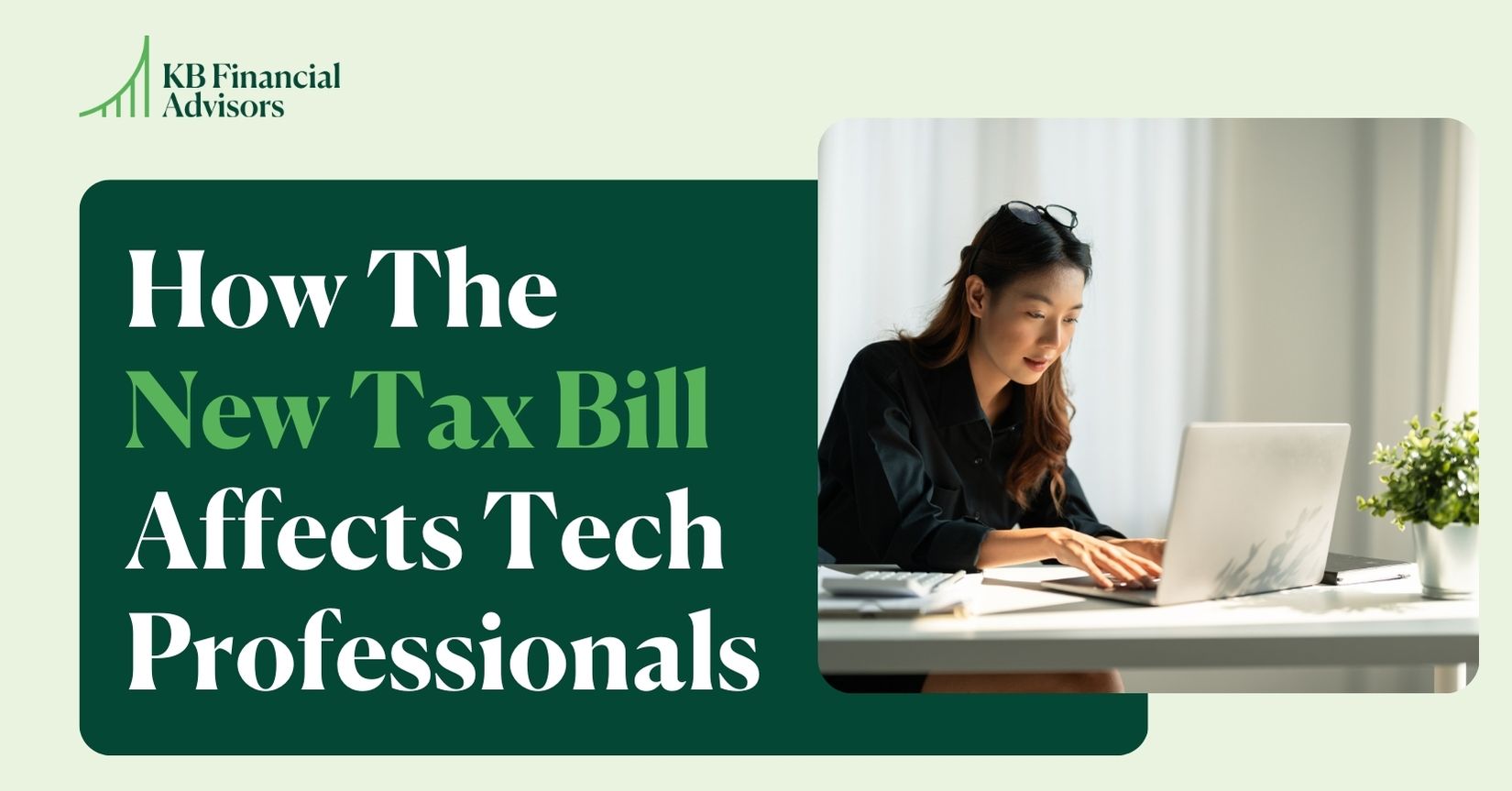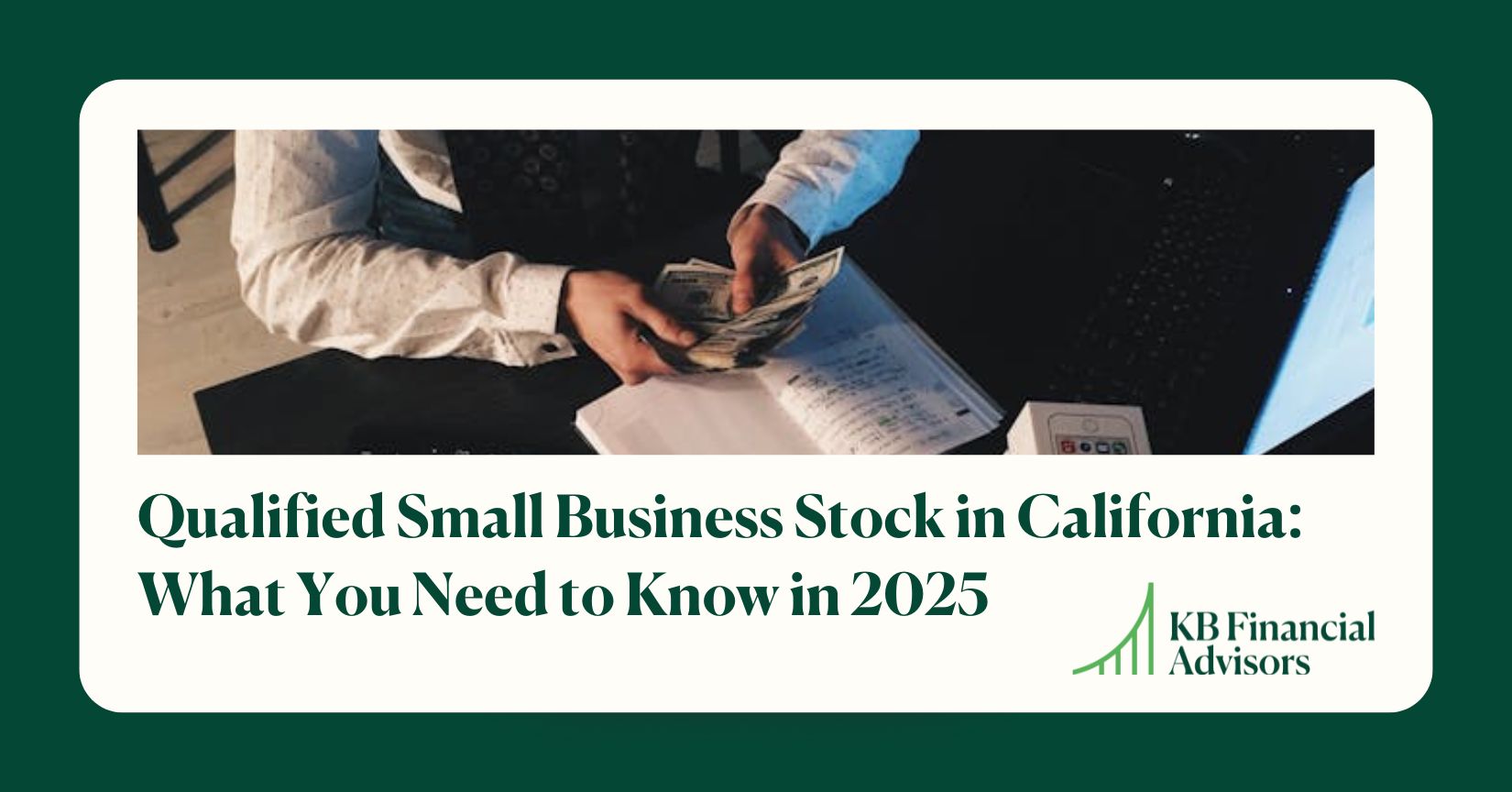When a company announces a secondary market offering… it rarely hits they news. But they can be an incredible opportunity for startup employees to liquidate their assets before a direct listing or IPO happens.
In fact, I would never suggest overlooking an opportunity like this:
While we all want our IPOs to be successful, a lot of them actually result in dropping share prices, which is not a good situation to be in. Selling your shares before this happens can save you a lot of stress, and give you solid ground to keep planning your financial future on.
(In fact, we’ve noticed a pattern that some companies like to open up a secondary market offering before an already-announced direct listing or IPO. So if you know that a direct listing is already on the cards for your company, this post would be worth a read.)
This article will help you gain clarity on what to do and when if you get the chance to sell in a secondary market or any other type of private-sell scenario to liquidize your assets:
Wait it out and hope the price goes up before the IPO?
Take what you can get, selling everything you’ve got?
Just ignore it, pretend it’s not happening, and assume you’ll still get the best out of your financial situation by waiting around?

The answer to all of these is a profound no, and to understand why, you need to first wrap your mind around what a secondary market offer is. This way, you can make the most of it and get the most out of the options you already have.
What is a secondary market offering? And how should you handle them?
So what are they, exactly?
Secondary market sales are different from IPOs and direct listings, in that companies allow employees who have shares or vested stock options in the company to sell them before the IPO. (There’s also no lockup period. This is a god-send compared to the six-month lockup period during most IPOs that prevent employees from selling. With a secondary market offering, you can sell immediately on day one.)
In fact, they’re really similar to tender offers with one key difference. Tender offers usually have a predefined, fixed price. Secondary markets and private share sales work more like a mini auction with a price that is not predefined and can vary.
In this post, I’ll walk you through considering your opportunities to sell in a secondary market prior to a direct listing, doing the math, choosing what and when to sell, and settling on an offer to close the deal.
Step One: Pick Your Sell Price
As humans, we have a tendency to project what’s happening right now into the future. (If things are going up, we’ll assume they’ll always be going up. ???? Ditto for going down: that’s why so many people freak out and sell during a stock market crash.????)
By picking a price you’d be happy to sell at beforehand, you save yourself from indecision.
You know what I mean: the price of your company’s shares keeps going up for a while, so you decide to hold and see just how high you can get it before you sell. But then, the price hits a peak and starts to go down… but since you can remember it being so high, you hold out hope that it’ll go up again.
Long story short: just pick a price.
Then, sell when you get to that price.
⚠️ You don’t want what happened to a lot of Uber employees to happen to you:
They had two chances to sell in tender offers before their IPO, but since things were only looking up for the company, some employees didn’t sell. But then, when the IPO hit, the price plummeted and Uber’s been trading at a price well below their first tender offer, not to mention their second one. If the employees that held had sold at a price they were happy with, they’d be in a much better financial situation.
Step Two: Choose Which Options & Shares You’ll Sell
To start with: get organized.
Organize your current vested options and owned shares based on their type first:
- Incentive Stock Options (ISO)
- Nonqualified Stock Options (NSO)
- Qualified Small Business Stock
- Long Term Capital Gains Shares
- Short Term Capital Gains Shares
Then, organize your shares by cost basis.
After that, organize your options by their exercise price and their expiration date.
When you have all this laid out in front of you, it’s a lot easier to start making decisions.
Then, play with some selling scenarios based on the sell price you want, and see how that would impact your tax bill for the coming year.
Use last year’s tax return and your last paycheck as a starting point: What income tax bracket are you in, and how much wiggle room do you have until you hit the next one?
If you do go into the next income tax bracket with the sale of your options, how much would it cost?
Going into a new tax bracket isn’t always bad, but there’s a lot of math to consider when you do. (Like the Alternative Minimum Tax & Minimum Tax Credit.)
Hot tip: Check out our guide on what shares/options to sell & when to sell them. It’ll help you out a lot in finding the best tax situation.
Another thing you can do, especially if you’re indecisive about selling or holding, is recycling your stock options. For some people, this really is the best of both worlds: you can sell what you’ve got to “buy” more stake in your company.
Don’t worry: I know it feels overwhelming. There are SO MANY possible combinations of what and when to sell. It’s really hard to give specific advice in a blog post, which is why we encourage people to work with a financial professional to create an individual plan.
Step Three: Make an Offer on the Secondary Market
Once you know what your target price and your selling strategy is, it’s time to make an offer on the secondary market.
BUT BE CAREFUL when you do this. Make sure you’ve got every single detail correct and that you enter them correctly.
This isn’t to scold you, but I’ve seen clients accidentally offer options for sale when they meant to offer shares. Then, they get taken up on their offer, and it can wreck their whole financial strategy. So just be sure to double-check everything before you make the offer live.
After you’ve entered your correct offer and listed it on the secondary market, wait and see if it gets filled.
Step Four: Compare Filled Bids to Past Events
If it’s available, look at the data of offers that are getting filled from the secondary market, and use it to your advantage.
You can see how these filled offers compare to past events like tender offers… is the price people are buying at in these offers higher or lower? How does your offer compare?
Step Five: Adjust Your Offer
If your offer went unfilled, you can adjust it.
In a secondary market, you can sell at whatever price you want: you’re not dictated by the price the stock market sets. If you started with an asking price that was a little too high than what people were willing to pay for it, you can go down a bit to sell more quickly.
Alternatively, you can stick with your sell price and hold until someone willing to match that price comes along, or until the IPO happens.
Conclusion: Handling Your Shares & Options in a Secondary Market Offering
The biggest lesson here, whether you sell or not, is to not let the opportunity to sell before the IPO pass you by.
Not all IPOs are successful, even with some of the most reputable companies.
I mentioned Uber’s situation at the beginning of the article, but it bears repeating:
Before their IPO, the company did two tender offers. These aren’t exactly the same as a secondary market offering, but they were an opportunity for employees to sell their shares and options pre-IPO.
Now, even the first tender offer price is still higher than Uber’s share price post-IPO. In this case, the employees who sold early are the ones who won big… not for the ones who waited around for the IPO lottery ticket.



